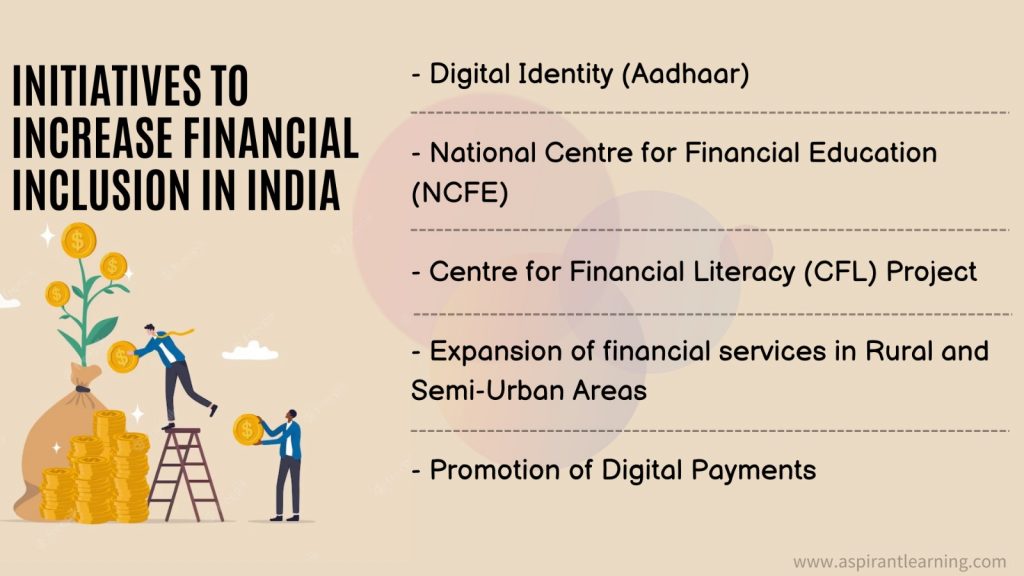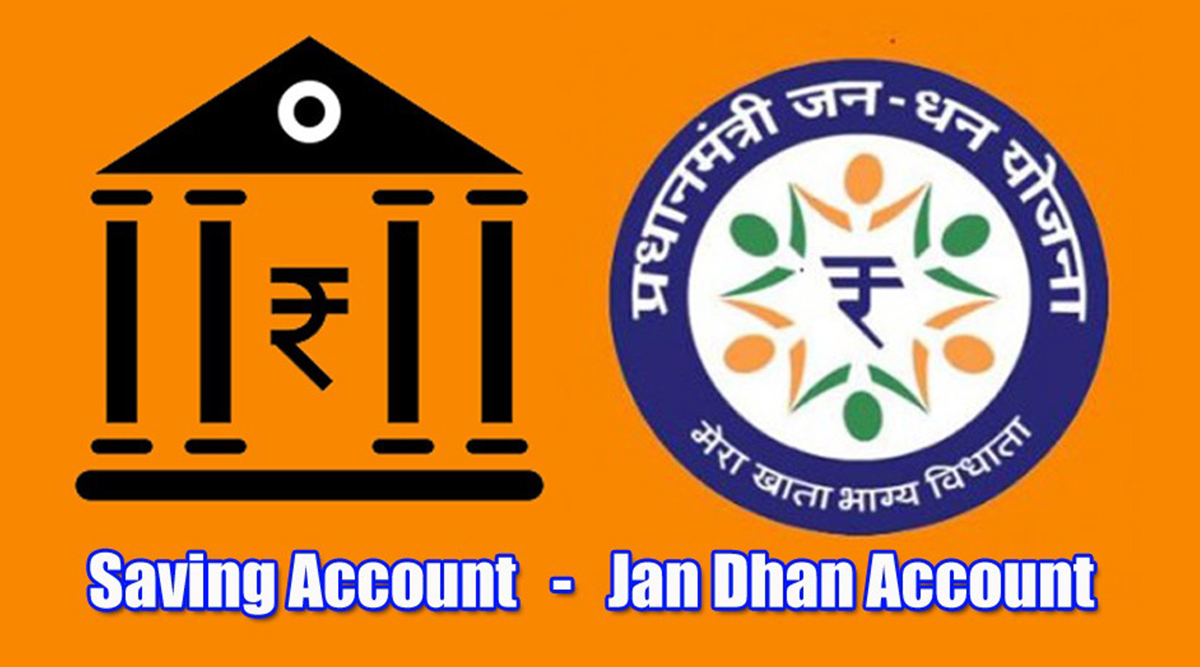News Highlight
Only half of Pradhan Mantri Jan Dhan Yojana insurance claims were settled in two years.
Key Takeaway
- Only 329 claims for accident insurance coverage were made to bank account holders under the PMJDY in the previous two fiscal years.
- Out of the 647 claims made, it has been settled.
- This material was revealed in response to activist Chandra Shekhar Gaur’s RTI request.
- In August 2014, the Jan Dhan Yojana was launched, regarded as a historic step towards financial inclusion.
Pradhan Mantri Jan Dhan Yojana
- About
- The PMJDY is an Indian government financial inclusion programme introduced in 2014.
- It is the National Mission for Financial Inclusion’s goal to provide affordable access to financial services such as;
- Basic savings and deposit accounts, remittance, credit, insurance, and pensions.
- Persons without other accounts can open a primary savings bank deposit (BSBD) account in any bank branch or Business Correspondent (Bank Mitra) outlet under the plan.
- Objectives
- Each district is divided into Sub Service Areas (SSA) to guarantee that banking services are provided to them.
- Providing basic banking accounts and RuPay debit cards to each home.
- Financial literacy is being spread to the rural level.
- Creating a Credit Guarantee Fund to cover overdraft defaults.
- Providing qualified citizens with microinsurance.
- Creating pension programmes for the unorganised sector, such as Swavlamban.
- Ensure affordable access to financial products and services.
- Use of technology to reduce costs and expand reach.
- Benefits
- For each unbanked person, one basic savings bank account is opened.
- In PMJDY accounts, keeping a minimum balance is unnecessary.
- In PMJDY accounts, deposits receive interest.
- The account holder receives a Rupay Debit card.
- Accident Insurance Coverage of Rs.1 lakh is provided with the PMJDY account users’ RuPay card.
- To qualifying account holders, an overdraft (OD) option of up to Rs. 10,000 is provided.
Significance of PMJDY
- Dormancy of accounts
- The PMJDY initiative has increased the number of rural bank accounts.
- However, due to the short transaction history of many account users, this has not necessarily resulted in a proportional rise in transactions.
- Low or no transactions
- The account holder’s insurance coverage is tied to their transaction history.
- Furthermore, many accounts stay frozen due to a lack of transactions, and reactivation might take weeks or months.
- The false promise of overdraft
- The promised overdraft credit of Rs 5000 for new account holders has not been given, raising doubts about the scheme’s viability.
- Payments bottleneck
- In rural areas, insufficient connectivity, energy, internet, and ATM facilities have hampered the activation of RuPay cards and PINs.
- It should have been considered before embarking on such a large-scale programme.
Challenges to PMJDY
- Lack of Awareness
- Despite government awareness programmes, many individuals in rural areas are unaware of the benefits of PMJDY.
- As a result, participation is low, and the program’s influence is limited.
- Limited Infrastructure
- Many distant places, such as ATMs and bank branches, lack basic banking infrastructure, making obtaining financial services difficult.
- Limited Resources
- Many persons qualified for PMJDY lack the requisite paperwork to open bank accounts, such as ID, address, and income proof.
- This restricts the program’s reach and decreases its effectiveness.
- Dependence on Cash Transactions
- People in many sections of the country still rely on cash transactions to meet their daily requirements.
- This restricts digital payment adoption and decreases PMJDY’s efficacy in promoting financial inclusion.

Way Forward
- The government can use numerous media outlets to raise awareness of the program’s benefits.
- Aside from promoting the use of digital payments, especially in distant places where people lack access to information.
- It can prioritise the construction of more bank branches and ATMs in outlying locations to boost access to financial services.
- Additionally, efforts should be made to reduce the documents required to open bank accounts under the PMJDY programme.
- To make it easier to obtain insurance, the government can make exceptions to the requirement of having completed at least one successful transaction.
- In circumstances where the beneficiary used the card within 90 days of the accident date.
- It can demonstrate that they could not use the card during that period due to unforeseen reasons such as illness or travel.
Pic Courtesy: Bada Business
Content Source: The Hindu



